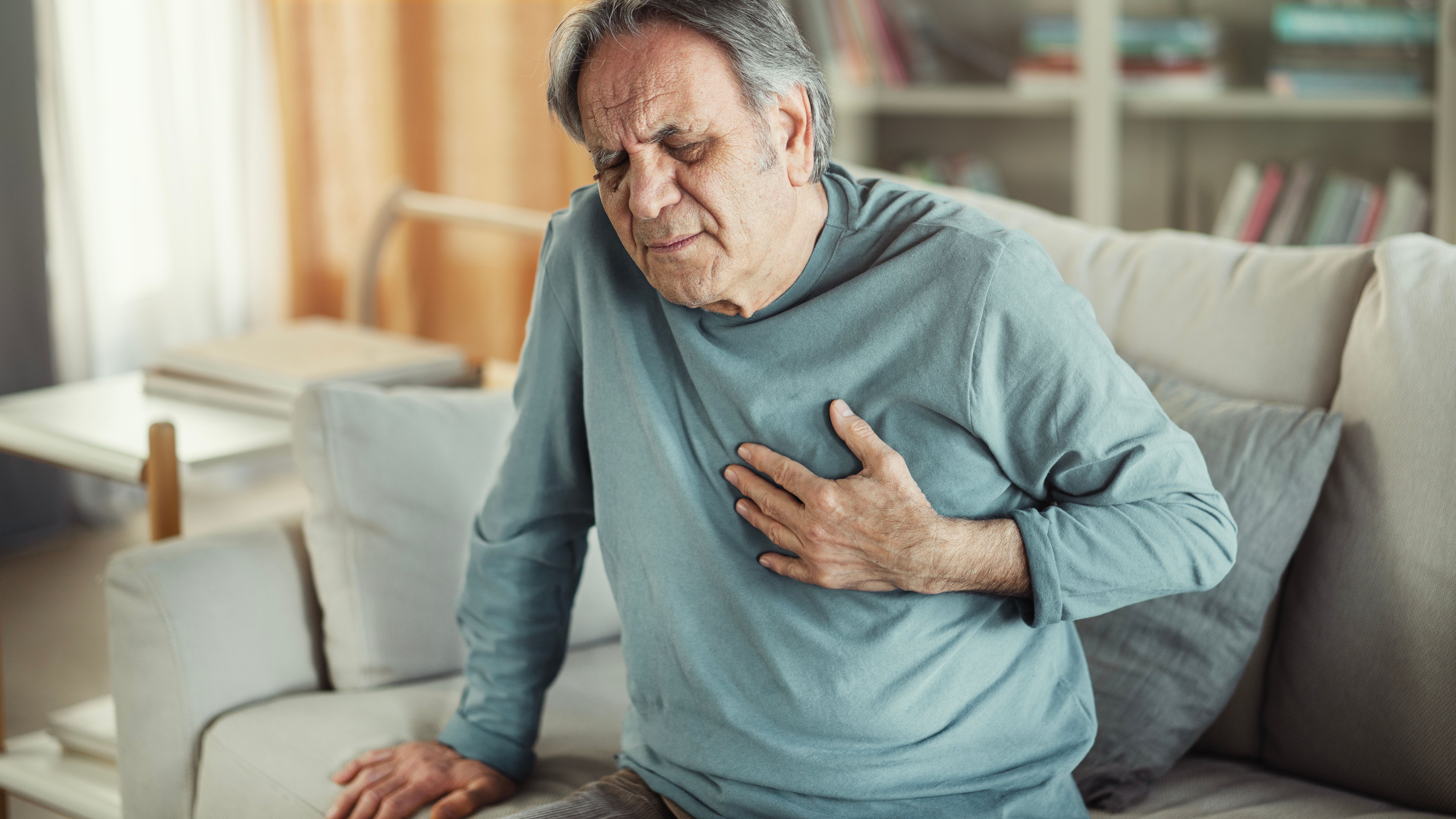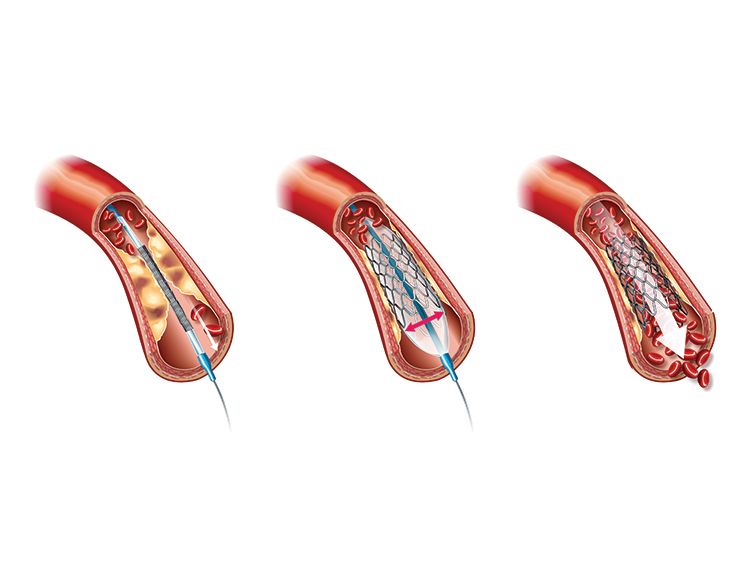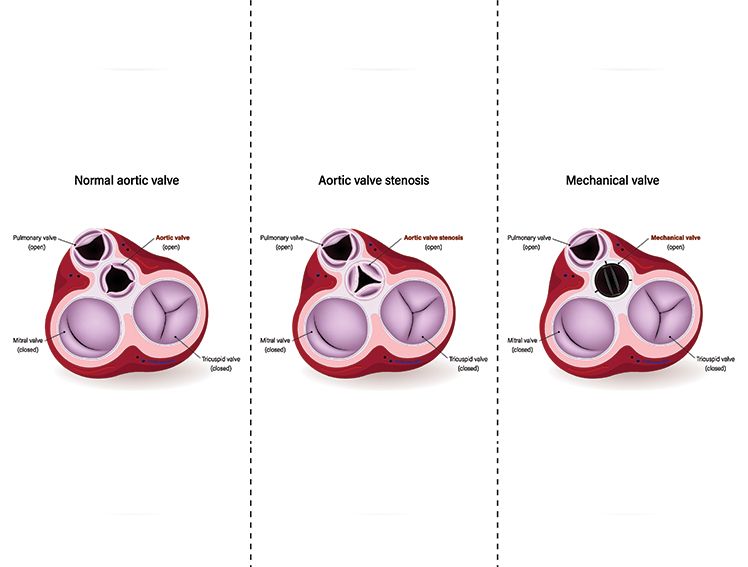
3 Major symptoms of Coronary Artery Disease
Introduction
Coronary Artery Disease (CAD) happens when the main blood vessels that bring oxygen and nutrients to your heart get damaged or blocked. This usually starts when fatty stuff, called plaque, builds up inside the arteries. Over time, this buildup makes the arteries narrower, so less blood can flow through. That means your heart doesn’t get as much oxygen as it needs.
When blood flow slows down, you might feel chest pain (called angina), have trouble breathing, or notice other warning signs. If one of these arteries gets completely blocked, it can cause a heart attack.
Early Signs of Coronary Artery Disease
CAD is often called the “silent killer” because it develops over years without obvious signs. However, your body may show subtle warnings such as:
Unusual tiredness during daily activities
Mild chest discomfort, often described as pressure or tightness that comes and goes
Trouble breathing during activities that were once easy
Feeling more fatigued during exercise or physical activity
Recognising these early indicators is important, as they can progress into more serious symptoms.
What are the Symptoms of coronary artery disease?
There are three known important symptoms that are particularly vital to be aware of:
1. Chest Pain (Angina)
The most common symptom of CAD is angina. It typically feels like:
Pressure, tightness, or squeezing in the chest.
Pain is primarily in the center or left side of the chest
Radiation to your shoulders, once your arms, neck, jaw, or back
Pain that is caused by motion or emotional stress.
Usually, your symptoms will go away with rest.
Types of Angina:
Angina that doesn’t follow a predictable pattern or that doesn’t respond to rest or medication.
Occurs unpredictably, especially at rest, and may announce an impending heart attack (unstable angina).
Coronary artery spasm variant angina – Often occurs at rest (not caused by atherosclerosis), increases the likelihood of future spasm.
2. Shortness of Breath (Dyspnea)
You may have respiratory distress, and not because of the lungs. You may suffer from difficulty breathing or an uncomfortable feeling, and you may even have such trouble catching your breath that it’s hard to say something, and you want to cry.
Difficulty breathing during physical activity
Breathlessness that becomes worse when lying flat.
Your inability to sleep without pillows that help you breathe.
Taking a sudden breath of breathlessness that awakens you from sleep
Often, this symptom signals that CAD is affecting your heart’s pumping ability, even hinting at heart failure.
3. Unusual Fatigue and Associated Symptoms
Advanced CAD can cause:
Unexplained weakness or excessive fatigue during normal activities
Nausea or indigestion-like symptoms (particularly common in women)
Lightheadedness or dizziness
Cold sweats
Sleep disturbances
Important Note: Since the symptoms in women, older adults, and people with diabetes are atypical or less obvious, even if they don’t have symptoms. Women tend to complain of more fatigue, shortness of breath, and back or jaw pain, rather than chest discomfort.
When to Seek Emergency Care?
Call emergency services immediately if you experience:
- Chest pain lasting more than a few minutes
- Chest discomfort with shortness of breath, sweating, and dizziness
- Nausea along with chest discomfort
- Pain extending to your arm, jaw, neck, or back
Conclusion
Coronary artery disease remains a leading cause of death worldwide, but it's largely preventable through lifestyle changes and proper medical care. Understanding the risk factors and recognising symptoms can help you seek timely treatment.
Don't ignore warning signs like chest discomfort, unusual fatigue, or shortness of breath. Early diagnosis and treatment can prevent complications and help you maintain a healthy, active life.
Remember that it's never too late to improve your heart health. Even small changes can make a big difference in preventing or managing coronary artery disease.



